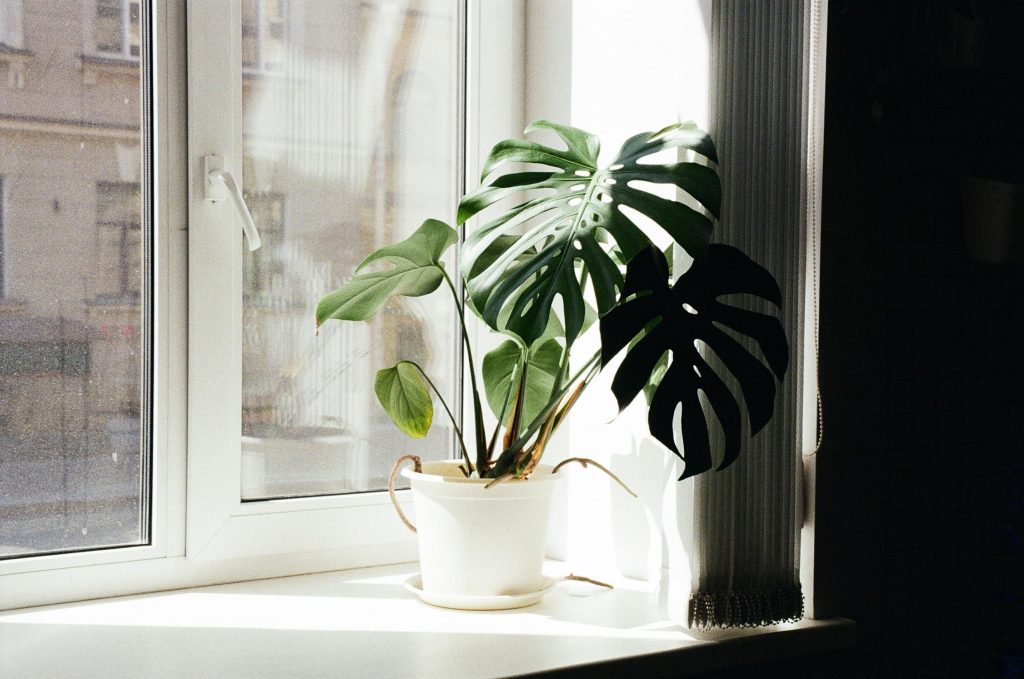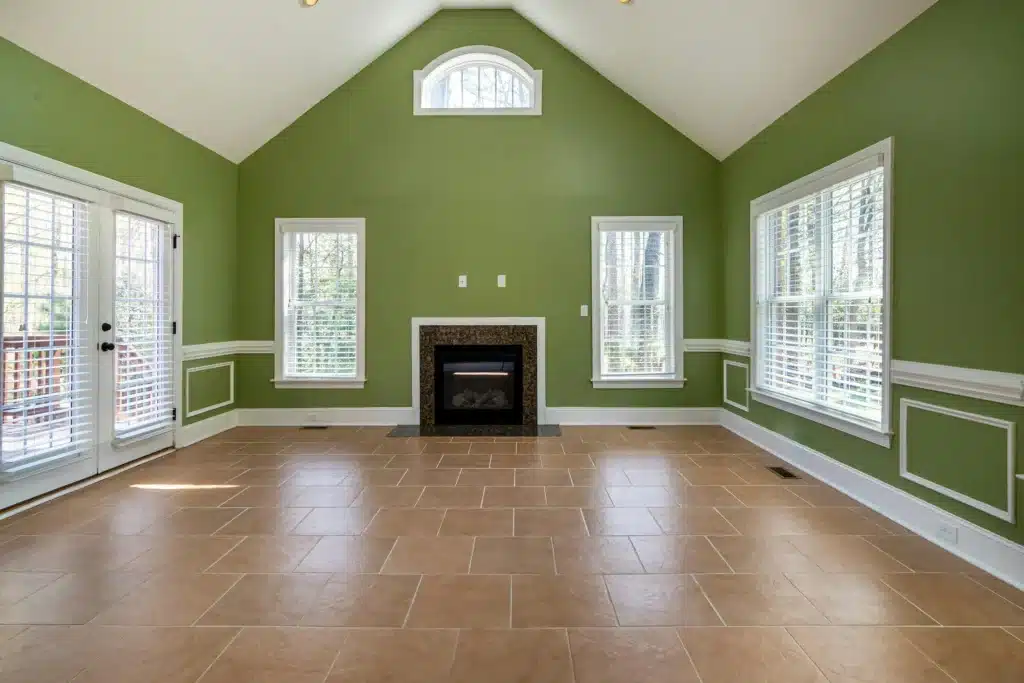Table of Contents
Creating a living space that not only shelters but also nurtures health and well-being is an art. The design of our homes can significantly influence our physical health, mental wellness, and overall happiness. Given the amount of time we spend indoors, it is imperative that our living environments are places where wellness is prioritized. From the air we breathe to the light that brightens our rooms, every element of home design has the potential to affect our daily lives.
This concept goes beyond mere aesthetics; it’s about crafting spaces that actively contribute to our well-being. A well-designed home can serve as a foundation for a healthier lifestyle, offering not just comfort but also an environment that supports our mental and physical health. By understanding and applying the principles of wellness-focused design, we can transform our homes into sanctuaries of health and happiness. The journey to integrating wellness into home design is one filled with creativity, intention, and a deep understanding of the relationship between space and well-being. Through this lens, we will explore innovative strategies that make our living spaces not just places to live, but places to thrive.
The Philosophy of Wellness-Oriented Home Design
The philosophy of wellness in home design is rooted in the belief that our environments have a profound impact on our health, mood, and overall well-being. This approach to design considers the home not just as a physical space, but as a holistic environment that nurtures the body, mind, and spirit. It emphasizes the creation of spaces that are not only functional and beautiful but also supportive of our physical and psychological needs.
At its core, wellness-oriented design focuses on enhancing the quality of life through carefully chosen elements that promote health and comfort. This includes optimizing natural light, improving air quality, and selecting materials that are non-toxic and environmentally friendly. The goal is to create environments that are intuitively aligned with human health, offering a refuge that supports well-being at every level. By integrating wellness principles into home design, we craft spaces that inspire, energize, and comfort us, setting the stage for a healthier, happier life.
Maximizing Natural Light
The infusion of natural light into a living space is transformative, dramatically influencing mood, health, and the overall ambiance of a home. Natural light not only illuminates spaces beautifully but also plays a crucial role in regulating our circadian rhythms, enhancing mood, and even improving productivity and comfort levels. To harness these benefits, innovative strategies in home design focus on maximizing the presence of sunlight within the living environment.
Incorporating larger windows, skylights, and strategically placed mirrors can amplify natural light, making spaces feel more open and connected to the outdoors. The orientation of rooms also matters; aligning living areas with the path of the sun ensures that they receive ample light throughout the day.
Additionally, choosing lighter color palettes for walls, floors, and ceilings can help reflect and diffuse light, brightening rooms more effectively. Transparent or semi-transparent window treatments allow for privacy without sacrificing light, and thoughtful placement of indoor plants can enhance the vitality of a space without blocking sunlight. Implementing these strategies not only elevates the aesthetic appeal of a home but also nurtures well-being by bringing the balancing force of natural light into everyday living spaces.
Integrating Green Spaces
The incorporation of green spaces within the home is a fundamental aspect of wellness-oriented design, offering a plethora of benefits for both physical and mental health. Plants and greenery not only purify the air by absorbing toxins and producing oxygen but also contribute to a sense of peace and rejuvenation within living spaces. Their presence has been linked to reduced stress levels, improved mood, and even enhanced cognitive function.
To weave nature into the fabric of home design, consider integrating indoor plants, vertical gardens, or herb gardens in kitchen areas. These elements bring life to interiors and create a tangible connection with nature. For those with limited space, small potted plants or hanging terrariums can serve as compact yet effective green additions.
Living walls are another innovative way to incorporate greenery, acting as both a focal point and a natural air filtration system. Choosing plant species that thrive indoors, such as snake plants, peace lilies, and pothos, ensures low maintenance and high impact. Additionally, the strategic placement of plants can enhance privacy and create natural divisions within open spaces. By embedding green spaces into home design, we cultivate environments that nurture well-being and foster a harmonious relationship with nature.
Ergonomic Living Spaces
Ergonomic living spaces prioritize the comfort and health of the body by integrating furniture and design elements that support natural posture and reduce strain. The importance of ergonomics in home design lies in its potential to prevent discomfort and injury while promoting overall well-being through thoughtful layout and furniture selection.
For seating, ergonomic chairs that support the spine’s natural curve can significantly reduce back pain and improve posture over time. These chairs often feature adjustable settings to cater to individual needs, ensuring comfort during prolonged periods of sitting. Similarly, standing desks in home offices encourage movement and flexibility, offering a healthy alternative to constant sitting.
In the bedroom, choosing mattresses and pillows that support the body’s alignment can enhance sleep quality and prevent morning stiffness. The layout of living spaces also plays a role in ergonomics; ensuring there is ample room for movement and that frequently used items are within easy reach minimizes unnecessary stretching or bending.
Lighting, too, contributes to an ergonomic environment by reducing eye strain. Task lighting, which provides direct light where it’s needed most, alongside ambient lighting, creates a balanced environment that is easy on the eyes. By prioritizing ergonomics in home design, we create spaces that not only look good but feel good, too, promoting health and comfort in every aspect of daily living.
Quality Air and Ventilation
The quality of air within our homes has a direct impact on our health, making ventilation a critical component of wellness-oriented design. Fresh, clean air reduces the risk of respiratory problems, allergies, and even improves sleep quality and energy levels. Home design that enhances ventilation and air purity can thus significantly contribute to overall well-being.
Natural ventilation strategies, such as the use of operable windows and doors, allow for the circulation of fresh air and the expulsion of stale air, without relying on mechanical systems. This not only ensures a healthier living environment but also reduces energy consumption. The strategic placement of windows across different walls can facilitate cross-ventilation, ensuring that fresh air freely flows through the home.
For improving indoor air quality, incorporating air-purifying plants is an effective and natural solution. Species like the spider plant, Boston fern, and rubber plant are known for their superior air-purifying abilities, making them excellent choices for indoor spaces. Additionally, the use of non-toxic materials in construction and décor minimizes the release of harmful VOCs (Volatile Organic Compounds), further enhancing air quality.
Smart home technologies also offer innovative solutions for monitoring and improving indoor air quality. Devices that detect pollutants and automatically adjust ventilation systems can ensure that the air within homes remains clean and healthy at all times. By prioritizing air quality and ventilation in home design, we create environments that support our health and enhance our daily living experience.
Incorporating Water Elements
Water elements in home design offer more than aesthetic appeal; they bring a sense of tranquility and a connection to nature that can soothe the mind and uplift the spirit. The sound of water moving in a fountain or an indoor waterfall can serve as a calming backdrop, reducing stress and enhancing focus. These features can transform a space into a serene retreat, providing a counterbalance to the hustle and bustle of daily life.
For those looking to integrate water elements, small tabletop fountains are an accessible option, fitting easily into various rooms without requiring extensive modifications. Indoor ponds or wall-mounted water features make for more dramatic additions, creating focal points that draw the eye and calm the mind. Even a simple aquarium can animate a space with the gentle movement of fish and water, adding life and color.
Strategically placing water features can also improve indoor air quality by adding humidity to dry environments, making them not just a visual but also a practical component of wellness-oriented design. By incorporating water elements into our living spaces, we invite a piece of nature’s tranquility into our homes, enriching our environment and our well-being.
Designing for Physical Activity
Encouraging movement and physical activity within the home is essential for maintaining health and wellness. Designing spaces that promote an active lifestyle can significantly impact our daily routines and overall well-being. One approach is to dedicate areas for exercise, such as a home gym or yoga space, equipped with the necessary gear for a personalized workout regimen. These spaces don’t need to be large; even a small, designated corner can be transformed into an effective exercise area with the right equipment.
Incorporating elements that encourage standing and moving, like standing desks or adjustable workstations, can also make a substantial difference in daily activity levels, especially for those spending long hours at work. Additionally, creating open, versatile living areas that can be easily adapted for physical activities, such as stretching or dance, encourages spontaneous movement throughout the day.
By thoughtfully designing our living spaces to facilitate physical activity, we foster a healthier lifestyle directly within our homes, making wellness an integrated part of our daily lives.
Smart Home Technologies for Wellness
Smart home technologies have revolutionized the way we interact with our living environments, offering unparalleled opportunities to enhance wellness. By integrating smart systems, homeowners can tailor their surroundings to support health and well-being in innovative ways. For instance, smart lighting systems can adjust the intensity and color of light throughout the day to mimic natural sunlight patterns, promoting better sleep-wake cycles. Similarly, smart thermostats ensure the home’s climate is always comfortable, adjusting temperatures to optimize sleep and relaxation.
Moreover, noise-canceling systems create a sanctuary of calm by minimizing external noise, allowing for a peaceful retreat within the home. These technologies, along with smart air purifiers that monitor and adjust to air quality in real-time, contribute to a living space that actively supports the occupants’ health.
The power of smart home technologies lies in their ability to seamlessly integrate wellness into daily life, making health and comfort a natural part of the home experience.
Color Psychology in Home Design
The strategic use of color in home design is more than an aesthetic choice; it’s a powerful tool for influencing mood and behavior. Colors have the ability to evoke emotions, stimulate thought, and even affect physical well-being. Understanding color psychology can guide us in choosing hues that enhance the atmosphere of our homes in line with our wellness goals.
For instance, blue hues are renowned for their calming effect, making them ideal for bedrooms and bathrooms where relaxation is paramount. Green, reminiscent of nature, promotes serenity and is perfect for living spaces where stress reduction is desired. On the other hand, vibrant colors like red or orange can energize a home office or exercise room, stimulating motivation and activity.
Neutral tones, such as beige or gray, serve as a versatile backdrop, allowing for flexibility in decor while fostering a sense of stability and grounding. When selecting colors, it’s crucial to consider the function of each room and the emotional tone you wish to set.
Incorporating color psychology into home design not only enhances the visual appeal of our living spaces but also supports our emotional and psychological well-being, creating environments that uplift, soothe, and inspire.
Conclusion: Wellness-Oriented Home Design
Our homes play a pivotal role in our daily well-being. By adopting innovative design strategies focused on wellness, we transform our living spaces into sources of health, happiness, and comfort. Incorporating natural light, greenery, ergonomic design, quality air, water elements, spaces for physical activity, smart technologies, and thoughtful color schemes can profoundly impact our lives. These elements not only create a visually appealing environment but also promote a lifestyle where well-being is at the forefront. Let us embrace these strategies to make our homes true sanctuaries of wellness, where every element is in harmony with our health and happiness.
Discover more wellness tips and innovative home design ideas by subscribing to our newsletter.
Further Reading and Resources
For those interested in delving deeper into the subject of home design with a focus on wellness, here are some valuable resources:
- Jamie Gold, CKD, CAPS, MCCWC, Wellness Design Consultant and Author – Jamie Gold provides wellness design consulting to enhance your residential development, new construction, and remodeling projects. Explore more at Jamie Gold’s official website.
- Wellness Recovery Action Plan (WRAP) – A wellness tool anyone can use to get well, stay well, and make their life more the way they want it to be. Learn more at the WRAP official website.
- Bobby Berk’s First Book Tackles Mental Wellness Through Design – The ‘Queer Eye’ host has released ‘Right at Home,’ a home design guide geared towards creating a wellness-minded space for every budget. Read more on The Hollywood Reporter.












